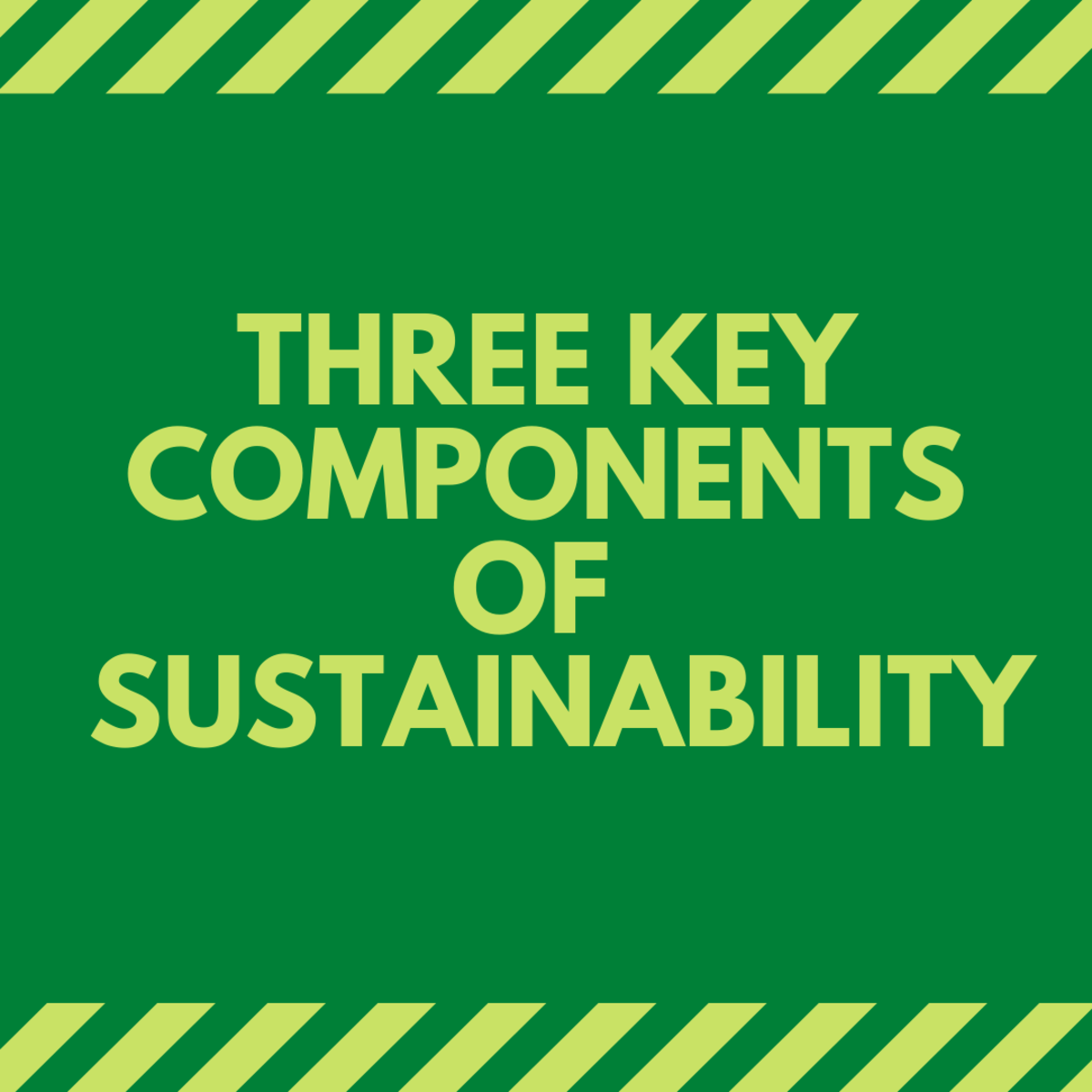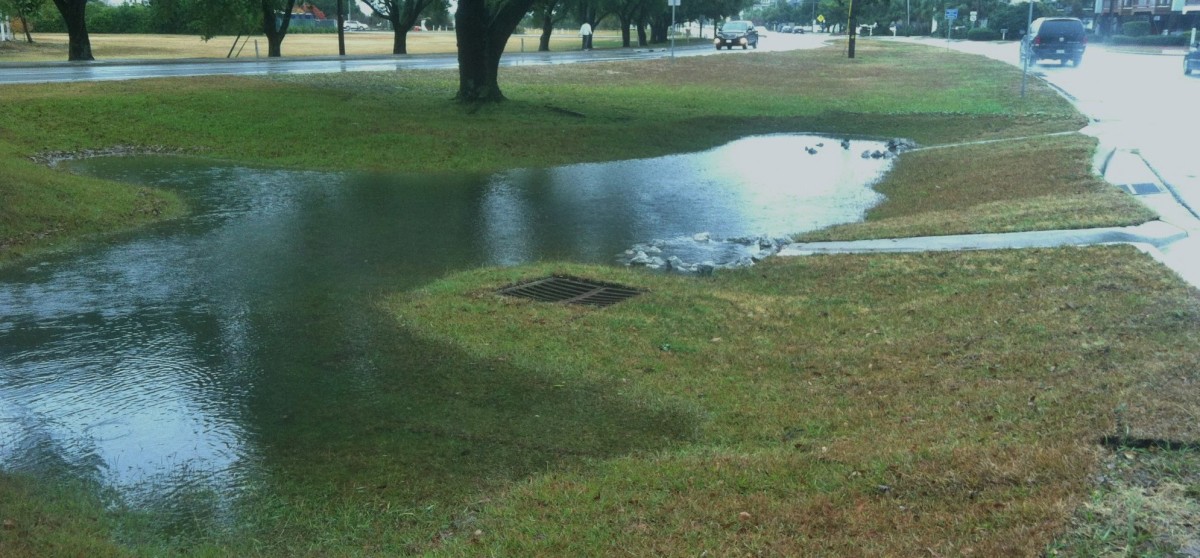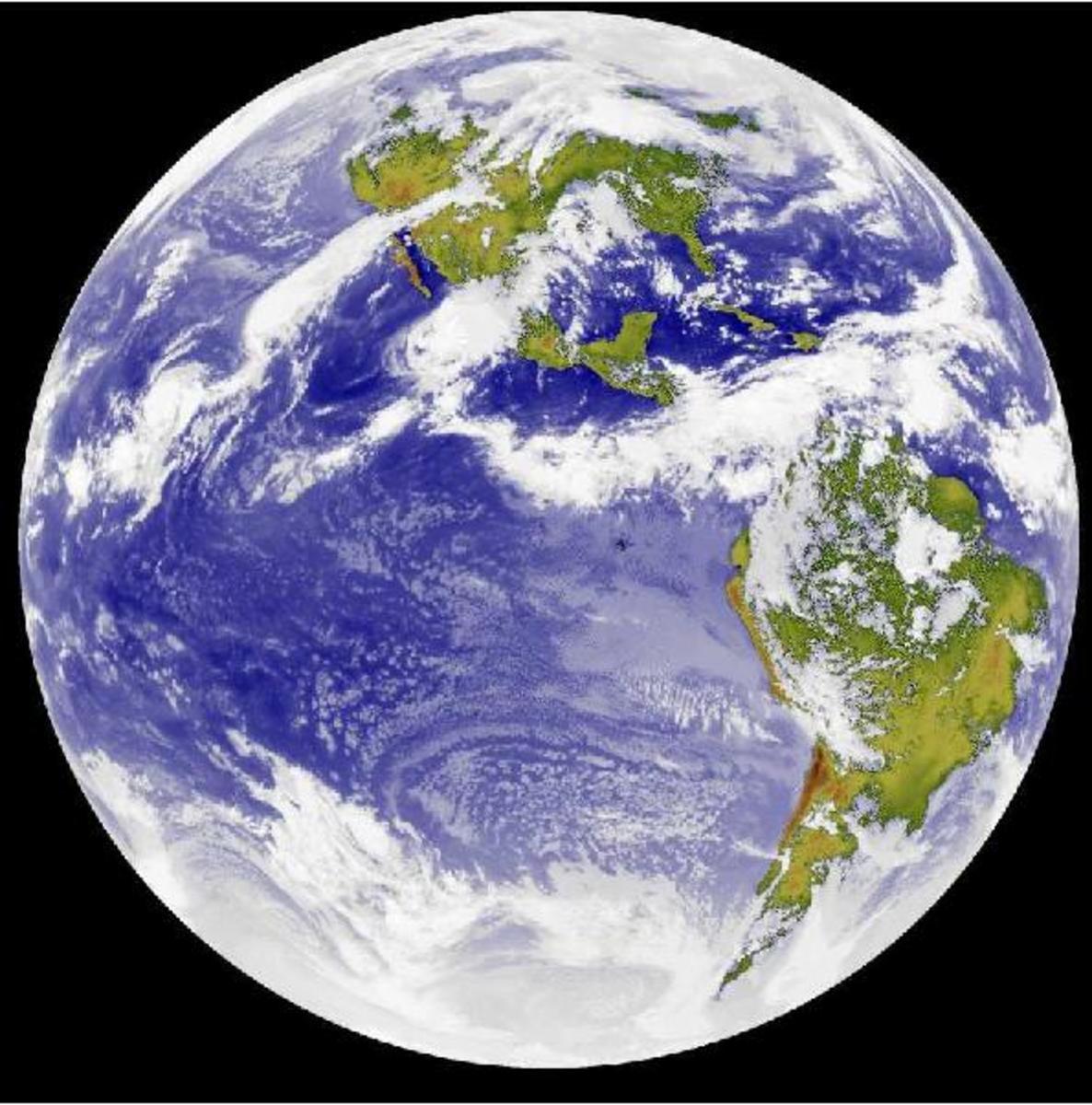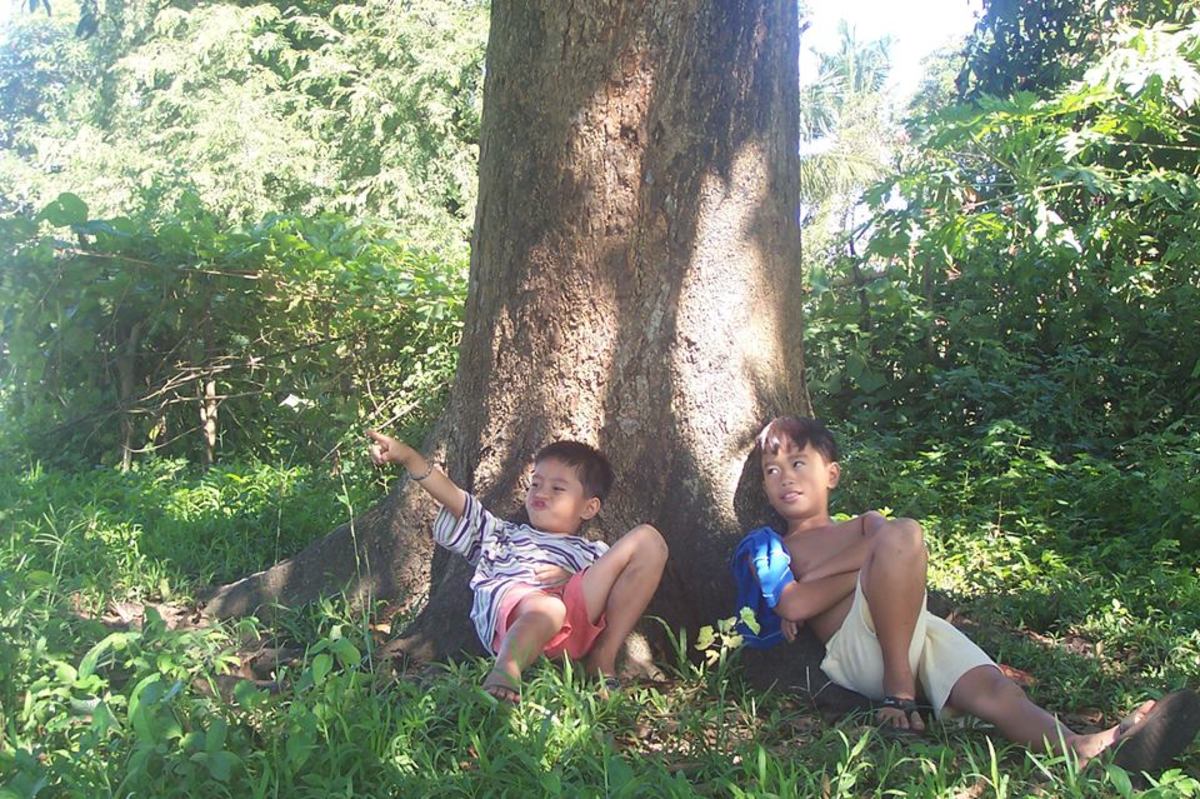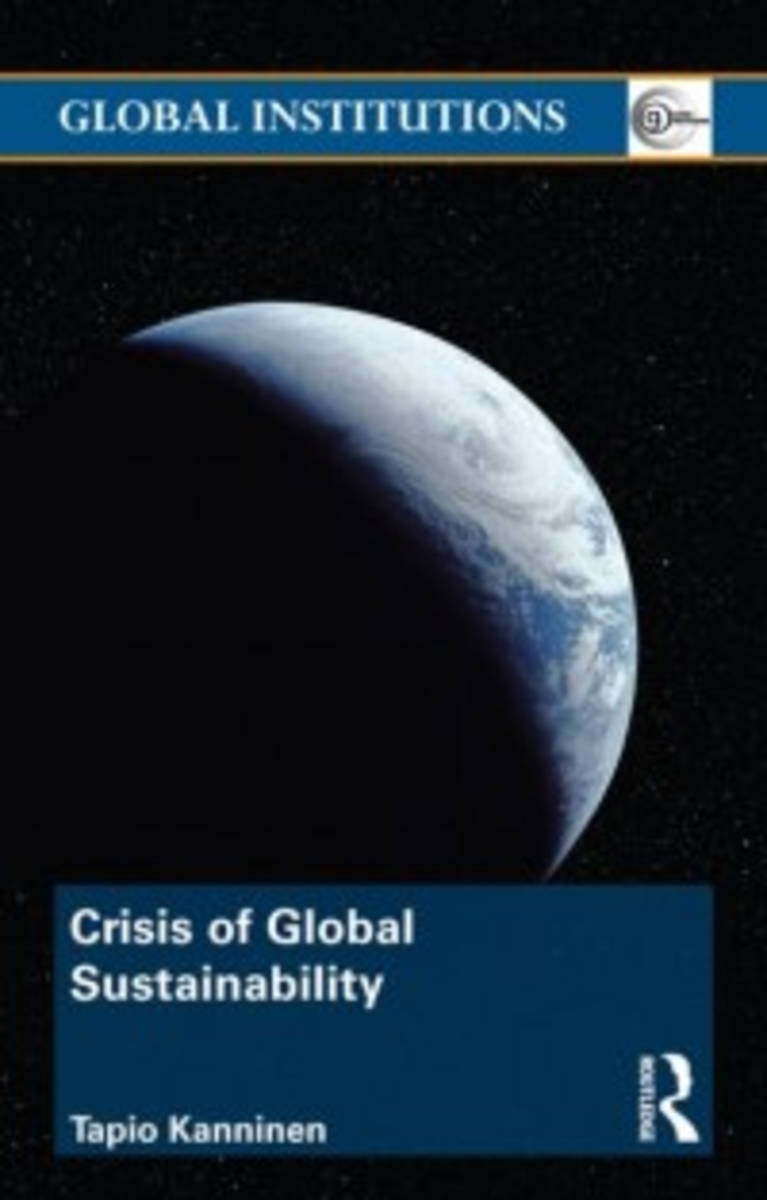Human Interference: Does It Lead to Sustainable Development?
Introduction
Over the course of the year, human interference has brought drastic change to the environment. Since Homo sapiens first walked the earth, we have been modifying the environment around us through agriculture, travel and eventually through urbanization and commercial networks. At this point in earth’s physical history, our impact on the environment is so substantial that scientists believe “pristine nature,” or ecosystems untouched by human intervention, no longer exist. Despite this change, only through
human interference will it be possible to develop new solutions. Addressing climate change and progressing towards sustainable development is dependent on economic growth that works with, rather than against, the environment. The greater and greater attention paid to the intervention tools and techniques obscures somehow the fact that those creating these technical elements and benefiting from them should be made responsible and aware of their role. Therefore, it is important to know whether these human interventions help us in meeting the needs of the present at the same time sufficient enough for the future or it just leads us to lesser sustainability of life.
As cited by Bird, et al. (2011) in their study, when the Harvard biologist E.O. Wilson put forward the “Biophilia” Hypothesis, he captured a notion that has long been embedded in diverse cultures around the world. Briefly the idea of Wilson that throughout the evolution of human lives we seek contact with nature. Kusakabe (2012) said that local governments in many countries have been seeking to improve sustainability since the launch of LA 21 in 1992. Sustainability is a moving target, dynamic and ever changing, as the planet is changing. Because of the urge to improve sustainability, humans have conducted lots of activities that affected the environment positively and negatively.
Humans have interfered almost every aspect of the environment. A study by Baratt (2018) was executed to evaluate energy budgeting, carbon foot prints, gaseous and soil health under conservation tillage with residue retention for identifying cleaner production technology in rice-maize system. Main energy resources on the other hand come from fossil fuels such as petrol oil, coal and natural gas. Fossil fuel contributes 80% of the world’s energy needs. Most industries use diesel machines for the production process. Transportation sector also consume significant amounts of diesel and gasoline. This situation leads to a strong dependence of everyday life on fossil fuels. However, the growth of the population is not covered by domestic crude oil production. Fossil oils are fuels which come from ancient animals and microorganisms. Fossil fuel formation requires millions of years. Thus, fossil oils belong to non-renewable energy sources. An increase o f the oil price often leads to economic recessions, as well as global and international conflicts (Zhou, et.al 2019).
On the economical side, there is ecofeminism with their action of involving females in wise consumption of energy and environmental resources. With an ecofeminist framework, ERC research would take more emancipatory approach. The research agenda would be focused on changing corporate and public policy so that the burden for the ecological crisis would not be placed on women alone. Policy changes would include mandatory ecological labeling for all consumer goods and stricter pollution regulations. Education programs designed to benefit consumers would be developed in order to liberate consumers from the complexities of a marketplace that has profit as its primary motive. These educational programs would be comprised of teaching the consumer not just to consume differently, but to consume less. This redirection would aid in the development of the “green citizen” and not merely the “green consumer” (Dobscha, 2013). Human interference also seeks to improve human quality in relation to the environment. The impact of forests on human health is a specific issue which has not been very visible within the larger framework on biodiversity, climate change, poverty, and human well-being. Forests and trees supply an abundance of ecosystem services that help in creating healthy living environments and in restoring degraded ecosystems. In addition to tangible products, forests for example mitigate floods, droughts, and the effects of noise, purify water, bind toxic substances, maintain water quality and soil fertility, help in erosion control, protect drinking water resources, and can assist with processing waste water. Forests can mitigate climate change and may help in regulating infectious diseases. However, ecosystem services and goods that forests provide are threatened by deforestation, pollution, biodiversity degradation, and climate change. Forests may advance the achievement of the UN Millennium Development Goals, especially combating hunger, poverty, and poor health. (Sarjala, 2009).
People have been making such big efforts in order to achieve sustainable development in order to achieve a common goal. With regards to the many assertion that this human interference can bring out, the best quality of life is assured, however its adverse effect to the environment is a variable to be considered knowing that what we have now comes from it. Thus, will this human interference be able to sustain sustainable development or not?
The researchers chose this study because it would be of big help to us humans who are living in this beautiful, yet now dying world, identify the human interference to the environment in terms of improving the industry, human quality, economy and agricultural field. By doing this, the researchers will be able to know if the environment/world can still sustain us in the future. In order to address this issue, the researcher tries to gather relevant articles. The researchers aim to offer further information regarding this topic by gathering and to further identify the positive and negative effects of human interference to the environment. This study aims to know the negative and positive effects of human interference on sustainable development. Specifically, its objectives are to identify the existing human interference, the positive and negative impact of these to the environment and make a reasonable conclusion whether these effects leads us to sustainable development.
Framework Of The Study
One of the first step in conducting this study is to look for articles that discusses the various human interference in the field of agriculture (environment), economy, human and industry. These are the 4 pillars of sustainability as stated by Dave Kepler. Knowledge of the existing human interference to these factor will allow the researchers to weigh in whether these interference will bring positive or negative impact to the environment and allow them to analyze if these human interference will be enough to meet the needs of the present without degrading the quality of the future. Given this, the researches will able to come up with a reasonable conclusion that somehow help identify the effects of the human interference to the 4 pillars of sustainability.
Literature Review
Human Interference to the Environment
According to Rapport (2009), controlling emissions of gases and particulate matter from agriculture is notoriously difficult as this sector affects the most basic need of humans, i.e., food. He also added that the current policies combine an inadequate science covering a very disparate range of activities in a complex industry with social and political overlays. Moreover, agricultural emissions derive from both area and point sources. Agricultural emissions play an important role in several atmospherically mediated processes of environmental and public health concerns. It also contributes to the global problems caused by greenhouse gas emissions. Given the serious concerns raised regarding the amount and the impacts of agricultural air emissions, policies must be pursued and regulations must be enacted in order to make real progress in reducing these emissions and their associated environmental impacts (Russell, 2013).
A global food revolution based on a new paradigm for agricultural development is urgently required. Without this shift, we are unlikely to attain the twin objectives of feeding humanity and living within boundaries of biophysical processes that define the safe operating space of a stable and resilient Earth system. Global sustainability is increasingly understood as a prerequisite to attain human development at all scales, from local farming communities to cities, nations, and the world . The reason is that we have entered a new geological epoch, the Anthropocene, where human pressures are causing rising global environmental risks and for the first time constitute the largest driver of planetary change. Agriculture is at the heart of this challenge. It is the world’s single largest driver of global environmental change and, at the same time, is most affected by these changes. Agriculture is the key to attaining the UN Sustainable Development Goals of eradicating hunger and securing food for a growing world population of 9–10 billion by 2050, which may require an increase in global food production of between 60 and 110 % in a world of rising global environmental risks. Agriculture is also the direct livelihood of 2.5 billion smallholder farmers, and the resilience of these livelihoods to rising shocks and stresses is currently gravely under-addressed (Stone, 2011). The main causes for the depletion of forestry resources in the developing countries are their use by ever growing population for infrastructure and industrial development. The use of forestry resources by human population is done generally in two ways. Firstly, the human population uses forestry resources for its intrinsic growth in the form of fuel, medicine, etc. directly by cutting trees, plants, herbs, etc. without clearing the forest land. Secondly, for the development of infrastructure, forest stands are cut in large segments to construct farm houses, housing colonies, health and recreation centers, to set up industrial units, to use land for agriculture, etc. The number of such projects related to development increase immensely as population density increases leading to augmentation of industrialization. If the focus is on the wood based industries, forest trees are used for manufacturing logs, planks, wooden tiles, furniture etc. by cutting forest stands. (Horwitz, 2009).
Rapid economic growth, industrialization, and urbanization have led to extremely severe air pollution that causes increasing negative effects on human health, visibility, and climate change. It may be noted here that due to excessive increase in population density many kinds of precursors, both social and environmental, appear in the habitat. One environmental precursor is pollution, the effects of which on forest resources have been studied by many investigators. The other is population pressure which is caused by excessive increase in population density in and around industrial units in forest habitat leading to augmentation of industrialization. There are very good local assessments of social vulnerability and exposure to environmental hazards.
According to Modak et. al (2019) a serious problem, especially in Eastern and some Southern EU Member States, is the on going use of coal as a source of domestic heating. This causes significant air pollution. There are, however, various national programs of subsidies supporting the switch from coal-based domestic heating to gas and other less polluting sources that target the poorest households.
In Geldermann et al. (1999), the environmental impact of kerosene burning during the flight of an aircraft is examined with an LCA. The ecological evaluation shows the substances which contribute to the potential environmental impacts caused by the kerosene burning. Brentrup et al. (2004) describe an LCA method to evaluate the environmental effects which are relevant to crop production. The study summarizes the environmental impacts into the following two indicators: human health and resource depletion and impacts on ecosystems.
Human Interference to Sustainable Development
The term ‘sustainable development’ is increasingly in frequent use in a wide range of settings, but it can be a nebulous and ambiguous concept. Although sustainable development is often interpreted as being driven by a purely environmental agenda, one of its key features is that it focuses on the relationship between social justice, human health and well-being, and economic development. In essence, it is about an integrated approach to development that aims to improve quality of life and meet the needs of current and future generations, whilst simultaneously protecting and enhancing the natural environment upon which we all depend.
Protecting and preserving the natural eco-system's resources has been considered a main priority of decision-makers and top managers in various business fields according to Howard-Grenville et. al (2014). Creating a balance between resource consumption and economic development is considered a challenge that obliges firms to implement environmentally friendly business activities that improve their economic, social, and environmental performance (Chan et. al. 2012). Rapid increase in pollution from industrial practices, accompanied by a decline in natural resources, has driven governments, governmental associations, environmental agencies and society as a whole to push firms and corporations to adopt green practices on a larger scale, where implementing such practices will lead to operational development, economic gain, and improvement of organizations environmental performance and competitive advantage (Mousa and Othman, 2019).
Results
Even if cleaner technology can be implemented will the reductions in pollution be enough? John Fien (2015) argues that they will not, if production continues to grow. Unless substantial change occurs, the present generation may not be able to pass on an equivalent stock of environmental goods to the next generation. “Firstly, the rates of loss of animal and plant species, arable land, water quality, tropical forests and cultural heritage are especially serious. Secondly, and perhaps more widely recognized, is the fact that we will not pass on to future generations the ozone layer or global climate system that the current generation inherited. A third factor that contributes overwhelmingly to the anxieties about the first two is the prospective impact of continuing population growth and the environmental consequences if rising standards of material income around the world produce the same sorts of consumption patterns that are characteristic of the currently industrialized countries. Even if people put their faith in the ability of human ingenuity in the form of technology to be able to preserve their lifestyles and ensure an ever increasing level of the needs for everyone, they cannot ignore the necessity to redesign our technological systems rather than continue to apply technological fixes that are seldom satisfactory in the long term.
Conclusion
The main objective of the study is to identify/determine the human interference to the environment. This is pretty important to the study in the sense that we need to know the good and bad effects of our actions to the environment. And also to help us know if said actions will help us sustain the environment or the world so that the world can still sustain us in the future and not finding the need for us to migrate from this world/planet. Based on the findings, the burning of fossil fuels in the industrial sector, the emissions of gases and particulate particles from the agricultural sector, and pollution are the most notable human interference in the environment. Among the three, it was discovered that the burning of fossil fuels and pollution has the most destructive effects to the environment which call for some drastic measures to be taken in regards to the two. While genetic modification is the most notable human interferences in the positive spectrum/least negative effect in comparison to what we have mined.

